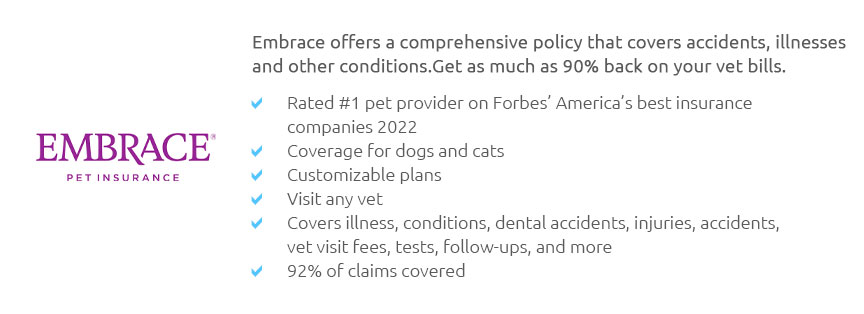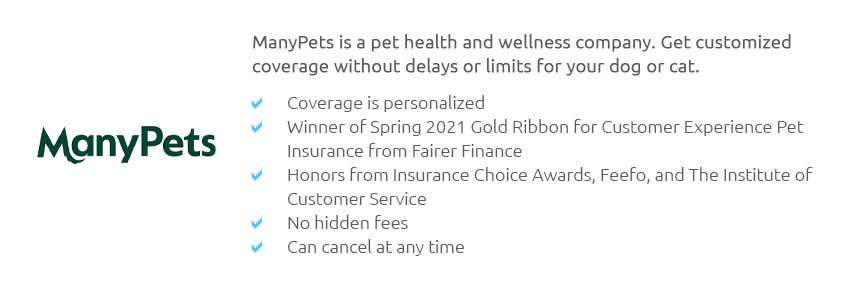 |
 |
 |
 |
 |
|
 |
|
 |
|
 |
|
 |
|
 |
|
 |
|
 |
 |
Understanding the Best Pet Insurance for Cats: A Complete Beginner's GuideCats, with their enigmatic personalities and independent natures, are cherished companions for millions of people worldwide. As any cat owner knows, while they may seem self-sufficient, our feline friends occasionally require medical attention. This is where pet insurance becomes a crucial consideration. Understanding the nuances of pet insurance for cats can be overwhelming, especially for newcomers to the concept. This guide aims to provide a comprehensive overview, helping you make informed decisions about your cat's healthcare. When delving into the realm of pet insurance, it's essential to grasp the basic concept: pet insurance is a health policy for your pet that reimburses certain medical expenses. While it might initially seem like an unnecessary expense, many find it invaluable when faced with unforeseen veterinary costs. Cats, despite their agility and resilience, are not immune to accidents or illnesses, making insurance a prudent choice. The first step in navigating pet insurance is understanding the different types of coverage available. Most policies fall into three categories: accident-only, accident and illness, and comprehensive. Accident-only plans cover incidents like fractures or injuries resulting from mishaps. On the other hand, accident and illness plans encompass a broader range of health issues, including infections and chronic diseases. Comprehensive plans, often the most costly, cover preventative care as well, such as vaccinations and routine check-ups. As you explore options, consider the cost of premiums, which can vary significantly based on factors like your cat's breed, age, and location. Purebred cats, for instance, may come with higher premiums due to predisposed genetic conditions. Similarly, older cats might face higher rates due to the increased likelihood of health issues. While cost is an important consideration, it should not be the sole factor driving your decision. Instead, balance affordability with the level of coverage provided. Another crucial aspect is the deductible, which is the amount you pay out of pocket before the insurance kicks in. Policies with lower deductibles tend to have higher premiums, and vice versa. Carefully assess your financial situation and risk tolerance to determine the deductible that suits you best. Furthermore, pay attention to the reimbursement level, typically ranging from 70% to 90%. This figure represents the percentage of eligible expenses the insurance will cover after the deductible. It's wise to opt for a reimbursement level that aligns with your budget and expected veterinary costs. Examine the exclusions and limitations of each policy. Pre-existing conditions are generally not covered, and some plans might exclude specific treatments or impose caps on payouts. Reading the fine print is imperative to avoid surprises later on.
Ultimately, the best pet insurance for your cat depends on a balance of coverage, cost, and your individual circumstances. While the process may seem daunting, taking the time to thoroughly evaluate options will pay off in peace of mind, knowing you are prepared for any unexpected veterinary expenses. Remember, investing in your cat's health is investing in their happiness and longevity, ensuring many more years of purring companionship. By understanding the intricacies of pet insurance and making informed choices, you can provide your beloved feline with the best possible care. https://www.quora.com/What-is-the-most-recommended-insurance-for-pets-Especially-cats-And-is-there-a-physical-checkup-required
Pets Best (No holistic options, but wide range of coverage. We chose Pet's Best after a good experience with them with our last cat.) Thank you ... https://www.instagram.com/thecatdaddy/reel/Cw03dVtvJYK/
Brushing, nail trims, and gentle grooming aren't just about keeping your cat looking good - they're a way to strengthen your bond! Right now, ... https://www.usnews.com/insurance/pet-insurance/best-cheap-pet-insurance
According to our research, the cheapest pet insurance companies for dogs and cats are Lemonade, Pets Best, Figo, and Embrace.
|